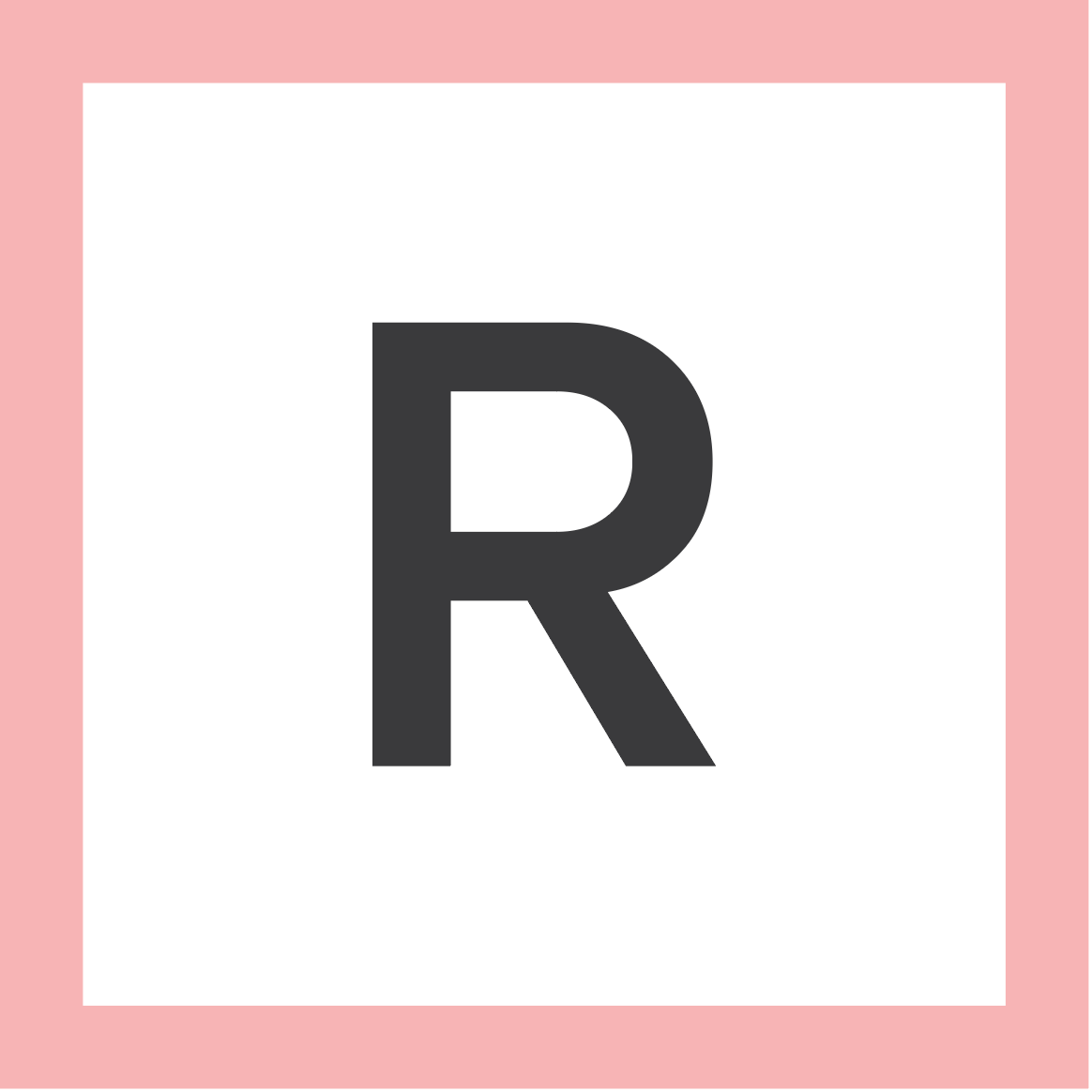Where is my Core?
There is the misconception that a “good core” has to do with how it looks and if there are six packs involved. A strong core doesn’t mean visible abdominal muscles “6 packs” which have to do mostly with body fat percentage. The “core” muscles are the same for everyone and we all have them.
“The core is actually a far more important region that we give credit for. It is the middle ground that joins our bodies together. It supports us in virtually all movements we engage in. Even while sitting (if we are sitting like we should with a good posture) our core is involved” excerpt from Canfitpro magazine November 2021
Your core is not just your “abs” but the sum of a few parts in your body:
Rectus abdominis
Internal and external obliques
Glutes
Transverse abdominis
PSOAS
Diaphragm
Spinal muscles (Erector Spinae)
Pelvic Floor
Because your core is connected all the way around from your abs to your lower-mid back and glutes, it is important to understand that all these muscles will work together to stabilize your body during movement. Most people focus on working the abdominal area neglecting the back muscles and glutes and doing so could bring lower back pain and sacroiliac joint discomfort and instability.
I always remind my clients that from the top of the pelvis up to the rib-cage, the only bone structure supporting us is the spine, which means that the way to maintain a steady posture, help internal organs and keep a balanced connection with joints and legs is by having a strong “core”
From the Pilates perspective, it is important to build core stability and core strength.
A simple way to start activating your deep core muscles is by drawing the lower abdominal (below and around the belly button area) away from your pant line and holding for 5 seconds and then releasing.
Adding other options such as bridge, side leg lift (to wake up the glutes) planks, rib rotation and lunges will bring that core awareness in place and will help with injury prevention, better posture and most importantly, stability and balance as we age.
Remember that because you are strong doesn’t mean you have a strong core. Pilates is all about working from the inside out and to teach you how to be aware of how you move, how you breath and how you go on with your daily physical activities.
If you want to know more about movement and learn how to activate you core muscles, check my website on how we can work together
Thanks for reading!

